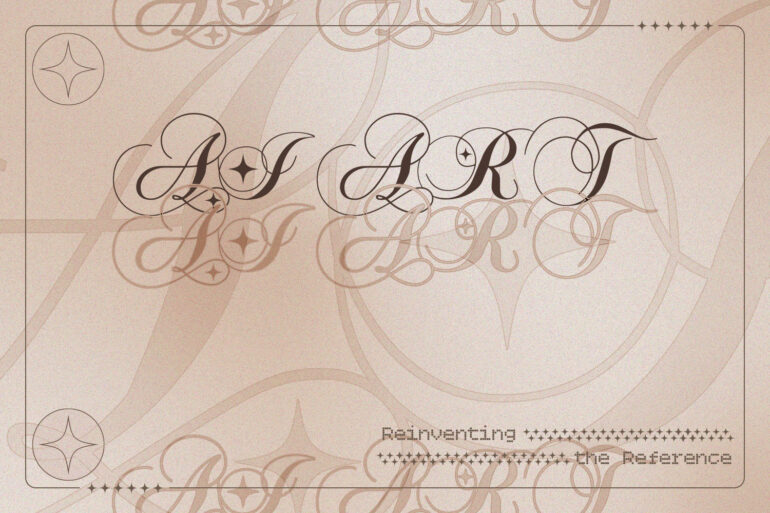If it has not yet been made abundantly apparent through the constant stream of Instagram story infographics or 10-slide-long posts of your high school classmate edited in the style of The Girl with a Pearl Earring. AI-generated art (also called artificial intelligence) is exactly what it sounds like: a false consciousness given the breadth of life through an all-knowing and ever-learning motherboard. Its sentience is only the most recent development of the digital age, quickly gaining information on the current world, its past, and of people like you. This invention, unsurprisingly, carries repercussions expanding tenfold: digital baggage, if you will, a topic widely debated in its authenticity and efficacy, posing a threat to artists to occupy the position of digital communications with the simple click of a button.
First of all, how does it work? Artificial intelligence, like humans, requires guidance to “learn” new behaviors to create outputs based on the prompt. Like us with our guardians, the digital archive of the internet serves as AI’s daddy (I’m sorry), feeding it thousands of images, texts, and comprehensive references so that it can conclude its own based on its exposure. This algorithm is relatively simple if you consider the digestion of the entire worldwide web a small feat for a program designed to do so. In theory, this opens doors to creativity beyond comprehension; the artist with every reference ever digitally recorded, supplying exactly the imagery that not only every creator but every person with a vision can think of.
The problem is these images, texts and references; where do they originate? These references are made by a human being, just as the internet itself is. If you are reading this, it is presumably someone like you or me whose work, by even one pixel, is fed to AI for final output. AI is able to digest your work and create ten new versions, making all the decisions you contemplated but ultimately chose not to, giving large corporations infinite drafts for below living wage because the “artist” is not living. AI imagery, although a completely new image, is only a composite of every reference needed to create the product, therefore stealing organically imagined artworks and infamously developed art styles for the sake of every possible version of an idea. With the click of a button, AI can change any variable of new or pre-existing work and can often do this for completely free.
Out of sheer curiosity, I went straight to the source. One quick interview question for an AI program called ChatGPT, the digital sibling of one of the worlds leading AI artistry programs, DALLE, which can converse with the user based on its understanding of language and current events. OpenAI accredits both programs.
I log on, type my question and wait.
“What are the pros and cons of AI generated artwork?”
It ponders for a moment, its cursor blinking before words appear on the screen at a uniform speed. There is no time to think past the information it has already referenced; the only action to take it from the internet to my screen.
“The pros of AI generated artwork include the ability to create unique and diverse styles, the ability to generate a high volume of work, and the potential for new forms of expression. The cons include the lack of human touch and emotional connection, the potential for the work to be seen as less valuable, and ethical concerns about the use of AI in the creative process. Additionally, it may also be difficult to determine the authorship and ownership of the work.”
And I will leave it at that. My only commentary past this response is that before I inserted this quote, we were at 514 words, whereas ChatGPT explained all the same key points in only 81. Dun, dun… duuuuun.
Words by Mandy Olivieri.
Graphic by Aarushi Menon.

